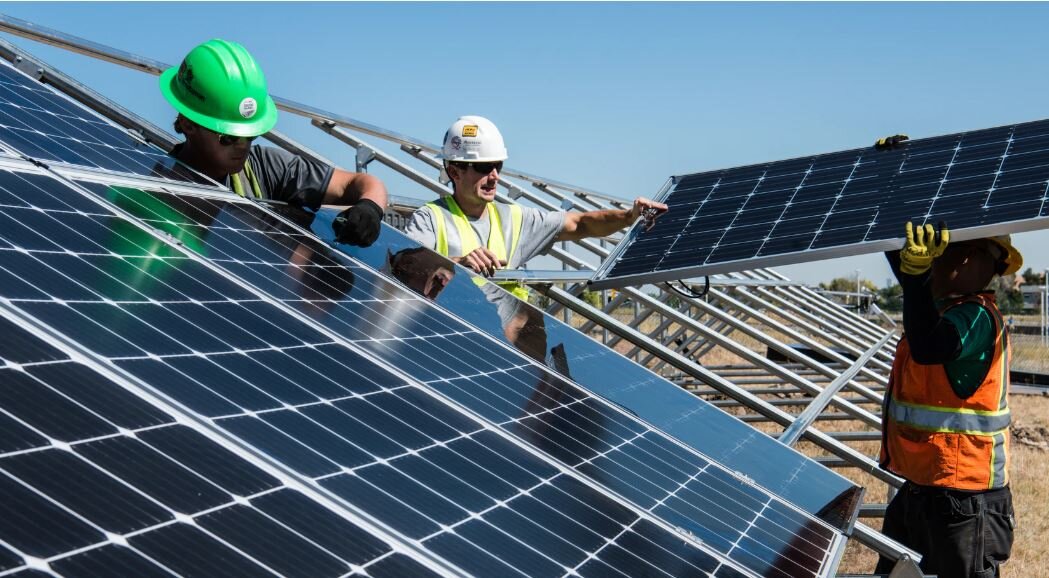As Business for 2030’s mission is to encourage businesses to help create a more sustainable and equitable future, we want to highlight the amazing work that Microsoft has continued to do this past year, especially aimed toward SDG 4.4. This 2030 goal aims to increase the number of youth and adults who have relevant skills, including technical and vocational skills, for employment and entrepreneurship. In line with this target, Microsoft continues to work at all levels of education to empower institutions, educators, and students to enable inclusive, engaging, and immersive learning.
Through Microsoft Philanthropies, the company is investing their resources to equip people, schools, teachers, and students with digital skills and computer science education. Microsoft is focusing their investments in three core areas: bringing industry volunteers to schools in the United States, Canada, and Mexico to teach computer science skills; building the capacity of nonprofit organizations and education providers to scale their impact; and supporting advocacy and collective action to promote inclusion of computer science in formal education.
Microsoft Philanthropies also runs the Technology Education and Literacy in Schools (TEALS) program, which connects classroom teachers with tech-industry volunteers in order to create more sustainable computer science programs.
TEALS’ free programs help students develop science, technology, engineering, and math (STEM) skills. As part of Microsoft’s commitment to addressing racial inequity, in 2020, TEALS began an expansion into 13 states and the District of Columbia, with a 2025 goal of bringing computer science education to an additional 620 high schools that primarily serve Black and minority students.
From July 1, 2020, through June 30, 2021, Microsoft provided millions of students and young people with high-quality digital skills, experiences, and computer science education, training them for future job opportunities.
The company also trains over 150,000 teachers to teach computer science, providing them with the skills and resources to reach millions of students.
To help ensure the continuation of education during Covid-19, The Learning Passport, a partnership between Microsoft and the United Nations Children’s Fund (UNICEF), facilitated learning opportunities for young people who are affected by conflict and global and natural disasters.
As of September 2021, the Learning Passport is currently available in 11 countries including: Bangladesh, Egypt, Honduras, Jordan, Kosovo, Laos, Lebanon, Puntland-Somalia, TimorLeste, Ukraine, and Zimbabwe.
Microsoft is also a founding member of the United Nations Educational Scientific and Cultural Organization’s (UNESCO) Global Education Coalition for the pandemic response. This coalition aims to bring inclusive learning opportunities for children and youth during this period of unprecedented educational disruption.
Read more about Microsoft’s commitment to empower youth and their partnerships and programs which do so, check out their website.
To read more about Microsoft’s contribution to our SDG’s, check out their case study on Businessfor2030’s website.



